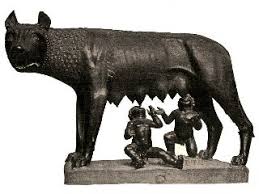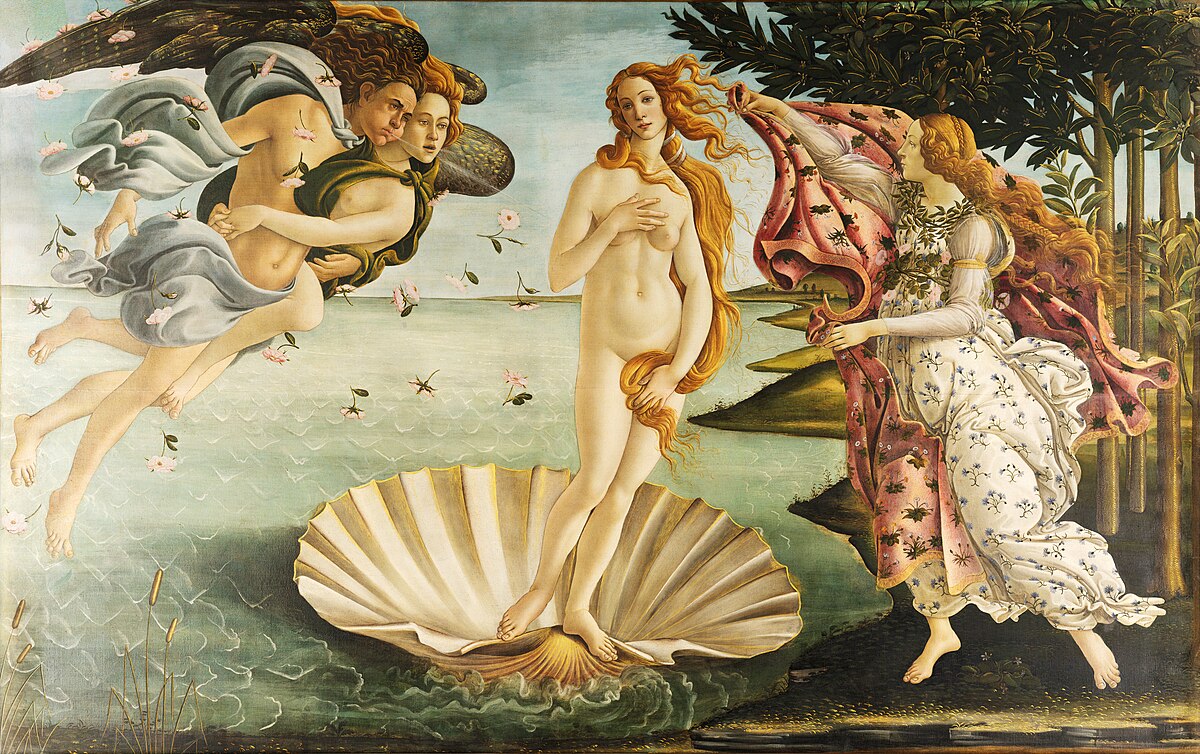Pompeii Destruction
Pompeii was an ancient Roman town-city near modern Naples, in the Campania region of Italy, in the territory of the commune of Pompeii. The town, along with a village Herculaneum and many villas in the surrounding area, was mostly destroyed and buried under 4 to 6 m (13 to 20 ft) of volcanic ash and pumice in the eruption of Mount Vesuvius in AD 79.
Victims of the heat and noxious fumes
The destruction of Pompeii and Herculaneum was a catastrophic event. The people and animals who died there were largely killed in the first few hours of the eruption. The volcano rained down ash on these cities for many days, but it was primarily this initial surge of superheated gas that killed people. The volcanic material preserved both bodies and possessions in good condition.
The death toll from Vesuvius' eruption is uncertain, though estimates run from 10,000 to 25,000 people. Most victims were never found because their remains were incinerated by the eruption. The most famous of these victims was Pliny the Elder, a military commander who died while rescuing people from the disaster. Pliny's nephew, Pliny the Younger, survived and later described the eruption to the Roman historian Tacitus.
Preserved Pax Romana
The discovery of the ruins of Pompeii has been one of the most dramatic stories in modern archeology. Archaeologists excavated Pompeii beginning in 1748, but the site was lost again until its rediscovery in 1763 by Spanish engineer Rocque Joaquin de Alcubierre. The objects beneath the city have been well-preserved for centuries because of the lack of air and moisture. These artifacts provide an extraordinarily detailed insight into the life of a city during the Pax Romana (Roman Peace). More than 1,200 artifacts are on display at Pompeii Archaeological Museum. In total, more than 500 objects have been recovered from the ruins since 1829.
Pompeian red
The eruption was the inspiration for the term "Pompeian red," a vivid red color produced from iron oxides found in the soil of Pompeii, and it became a popular color with artists for their oil paintings. It was made from the mineral cinnabar and was sometimes called minium in Medieval and Renaissance times. Pompeian red was one of the most durable pigments used by Romans, and its colors ranged from yellowish to purplish red.





